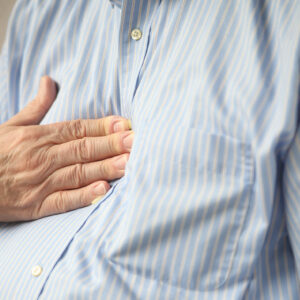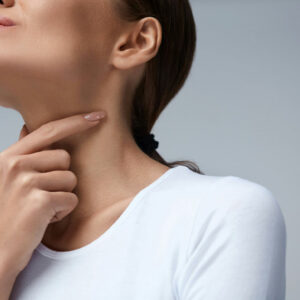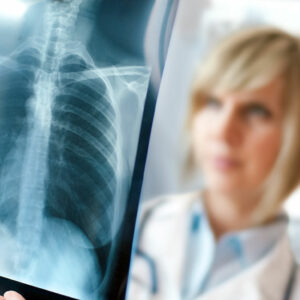
01
Common Household Products That Can Damage Lungs
Long-term exposure to daily-use cleaners, dishwashing soaps, air fresheners, and other aerosol products harms lung health, mainly because these products contain irritants and volatile organic compounds that cause allergies in the lungs. There is a potential risk of lung disease, asthma, MAC disease, and common chronic obstructive pulmonary disease developing due to long-term exposure. So, it’s crucial to check the label of the following household items before buying them and practice caution while using them. Air fresheners Room and air fresheners are not just used in homes but also in offices, malls, and many other public places, which means one can be continually exposed to the product in and outside their living space. While the purpose of air fresheners is to keep odor at bay, several ingredients in the air freshener can cause harm to health. Fresheners are known to have volatile organic compounds and release harmful gasses in the air that are eventually inhaled by people in the room, increasing their risk of developing respiratory issues. Some of the known chemicals in such products include formaldehyde, benzene, and phthalates which can cause issues like coughing, wheezing, and difficulty in breathing when inhaled. Here is a list of ingredients that one will usually find in air fresheners and a look at how they can potentially harm the lungs:
Read More 










